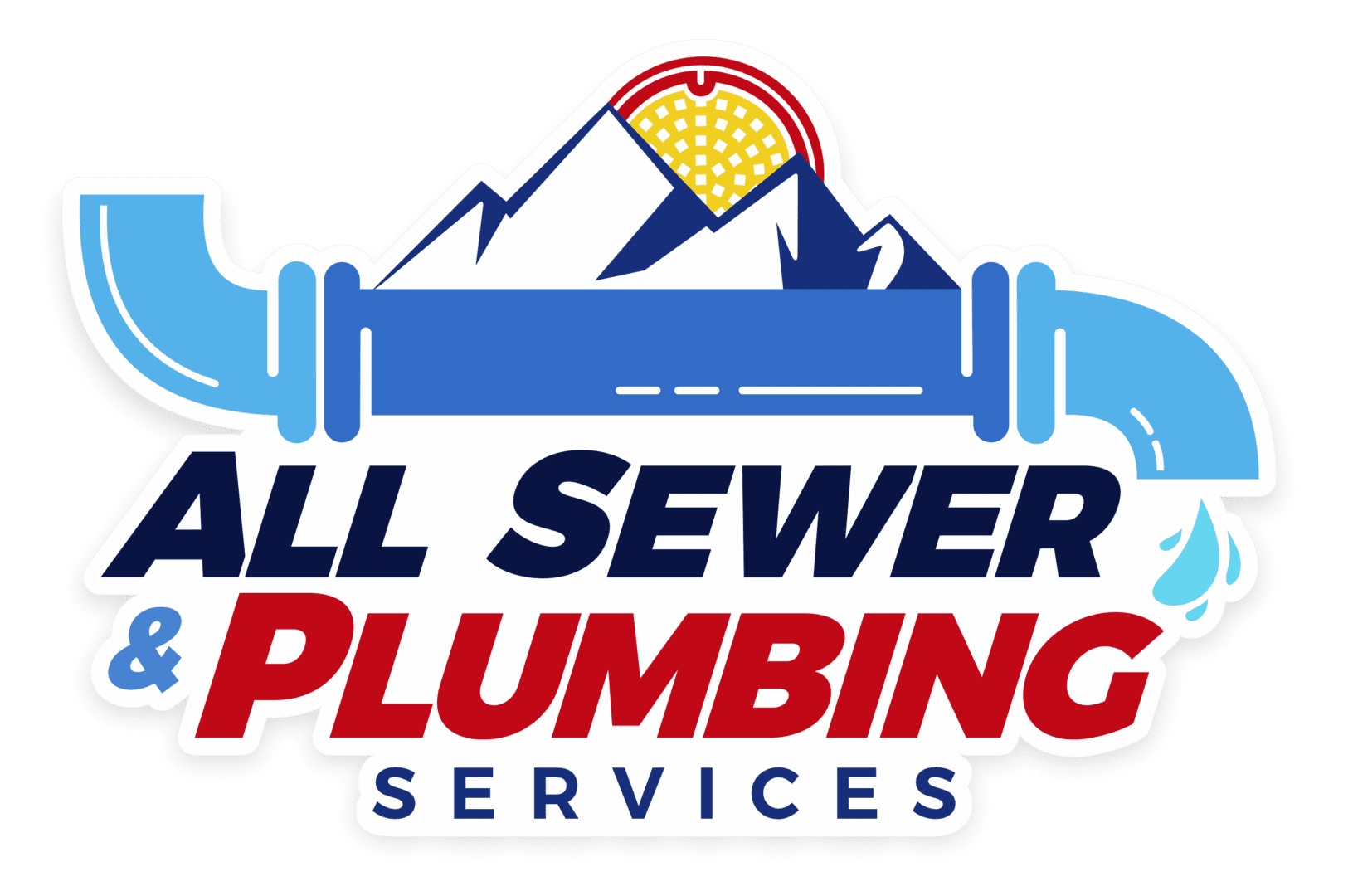(CIPP) – Cured In Place Pipe
Understanding Cured-in-Place Pipe (CIPP): Revolutionizing Sewer and Pipeline Repairs
In the world of modern plumbing and pipeline repair, innovative techniques are continuously being developed to provide efficient, cost-effective solutions. One such groundbreaking method is Cured-in-Place Pipe (CIPP) lining. This blog post will delve into what CIPP is, how it works, and why it is becoming the go-to solution for repairing damaged pipes.

What is CIPP?
CIPP, or Cured-in-Place Pipe, is a trenchless rehabilitation method used to repair existing pipelines. Unlike traditional methods that require extensive excavation, CIPP involves inserting a flexible liner into the damaged pipe. This liner is then cured, or hardened, in place, creating a new, durable pipe within the old one. This innovative process has transformed how municipalities, businesses, and homeowners approach pipeline repair, offering a less invasive and more cost-effective solution.
How Does CIPP Work?
The CIPP process begins with a thorough inspection of the damaged pipe using advanced video technology. This inspection helps identify the extent of the damage and determines whether CIPP is a suitable solution. Once the assessment is complete, the actual process of installing the CIPP lining begins.
- Cleaning the Pipe: The first step involves cleaning the damaged pipe to remove any debris, roots, or buildup. This ensures the CIPP liner adheres properly to the existing pipe.
- Inserting the Liner: A flexible liner, usually made of polyester or fiberglass, is impregnated with a resin that will later harden. This liner is then inserted into the damaged pipe using air or water pressure.
- Curing the Liner: Once the liner is in place, it is cured using hot water, steam, or UV light. The curing process hardens the resin, forming a new, solid pipe within the old one.
- Final Inspection: After the liner is fully cured, a final inspection is conducted to ensure the new pipe is properly installed and free of defects.
Benefits of CIPP Lining
CIPP lining offers numerous advantages over traditional pipe repair methods. Here are some of the key benefits:
- Trenchless Technology: One of the most significant benefits of CIPP is that it is a trenchless technology. This means there is minimal digging and disruption to the surrounding area. This is particularly beneficial for urban areas where excavation can be costly and inconvenient.
- Cost-Effective: CIPP lining is often more cost-effective than traditional methods. The reduced need for excavation and the faster installation process result in lower labor and material costs.
- Durability: The new pipe created by CIPP is highly durable and can last for decades. The materials used in CIPP lining are resistant to corrosion and root intrusion, common causes of pipeline damage.
- Versatility: CIPP can be used to repair a wide range of pipes, including sewer lines, stormwater pipes, and industrial pipelines. It is suitable for pipes of various diameters and lengths, making it a versatile solution for many applications.
- Environmentally Friendly: By reducing the need for excavation, CIPP lining minimizes environmental disruption. Additionally, the materials used in CIPP are often more sustainable than those used in traditional pipe repair methods.
Applications of CIPP
CIPP lining is used in various applications, from residential plumbing repairs to large-scale municipal projects. Here are some common uses:
- Sewer Line Repairs: CIPP is ideal for repairing damaged sewer lines. It can address issues such as cracks, leaks, and root intrusion without the need for extensive digging.
- Stormwater Management: Stormwater pipes are often subject to wear and tear due to the constant flow of water and debris. CIPP lining can reinforce these pipes, preventing leaks and improving flow capacity.
- Industrial Pipelines: In industrial settings, pipelines are critical for transporting water, chemicals, and other fluids. CIPP can be used to repair and reinforce these pipelines, ensuring they operate efficiently and safely.
- Residential Plumbing: Homeowners can also benefit from CIPP lining for repairing damaged sewer lines or other underground pipes. The minimally invasive nature of CIPP makes it an attractive option for residential applications.
The Future of CIPP Lining
As technology continues to advance, the CIPP process is expected to become even more efficient and versatile. Innovations in materials and curing techniques are likely to improve the durability and performance of CIPP liners. Additionally, as awareness of the benefits of CIPP grows, more municipalities and businesses are likely to adopt this method for their pipeline repair needs.
Conclusion
Cured-in-Place Pipe (CIPP) lining is revolutionizing the way we approach pipeline repairs. With its trenchless technology, cost-effectiveness, durability, and versatility, CIPP offers a superior solution to traditional methods. Whether for residential, municipal, or industrial applications, CIPP lining is proving to be an invaluable tool in maintaining and repairing our vital pipeline infrastructure. By choosing CIPP, we can ensure that our pipelines remain functional, efficient, and environmentally friendly for years to come.
